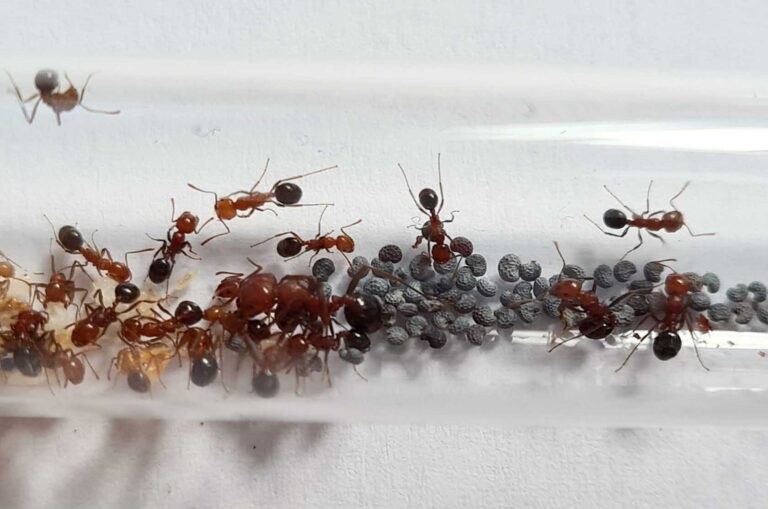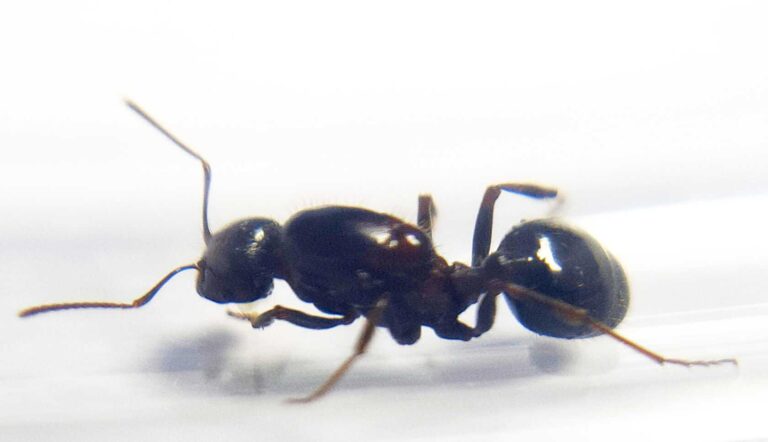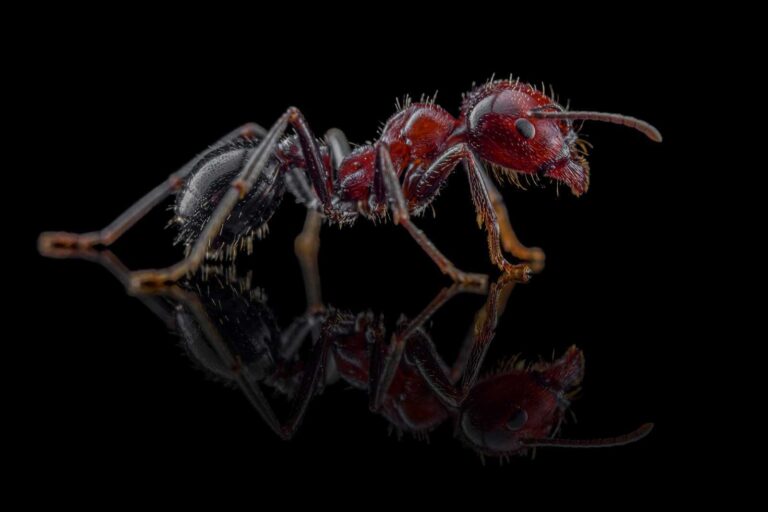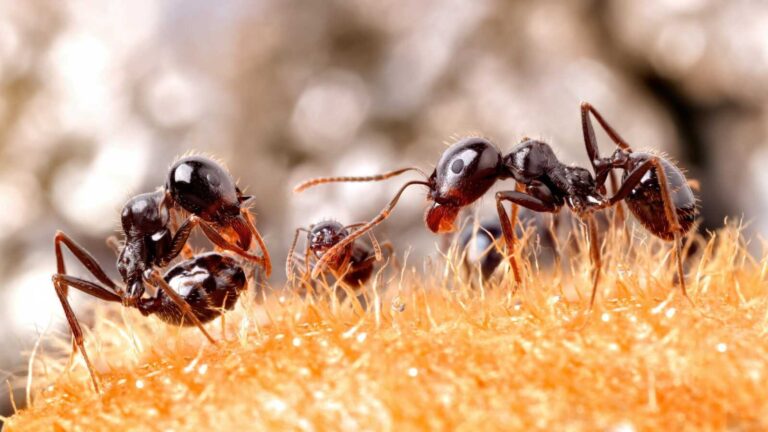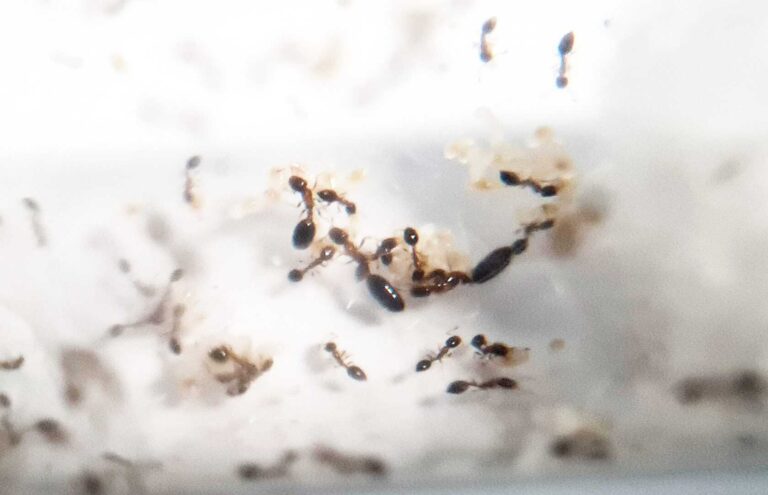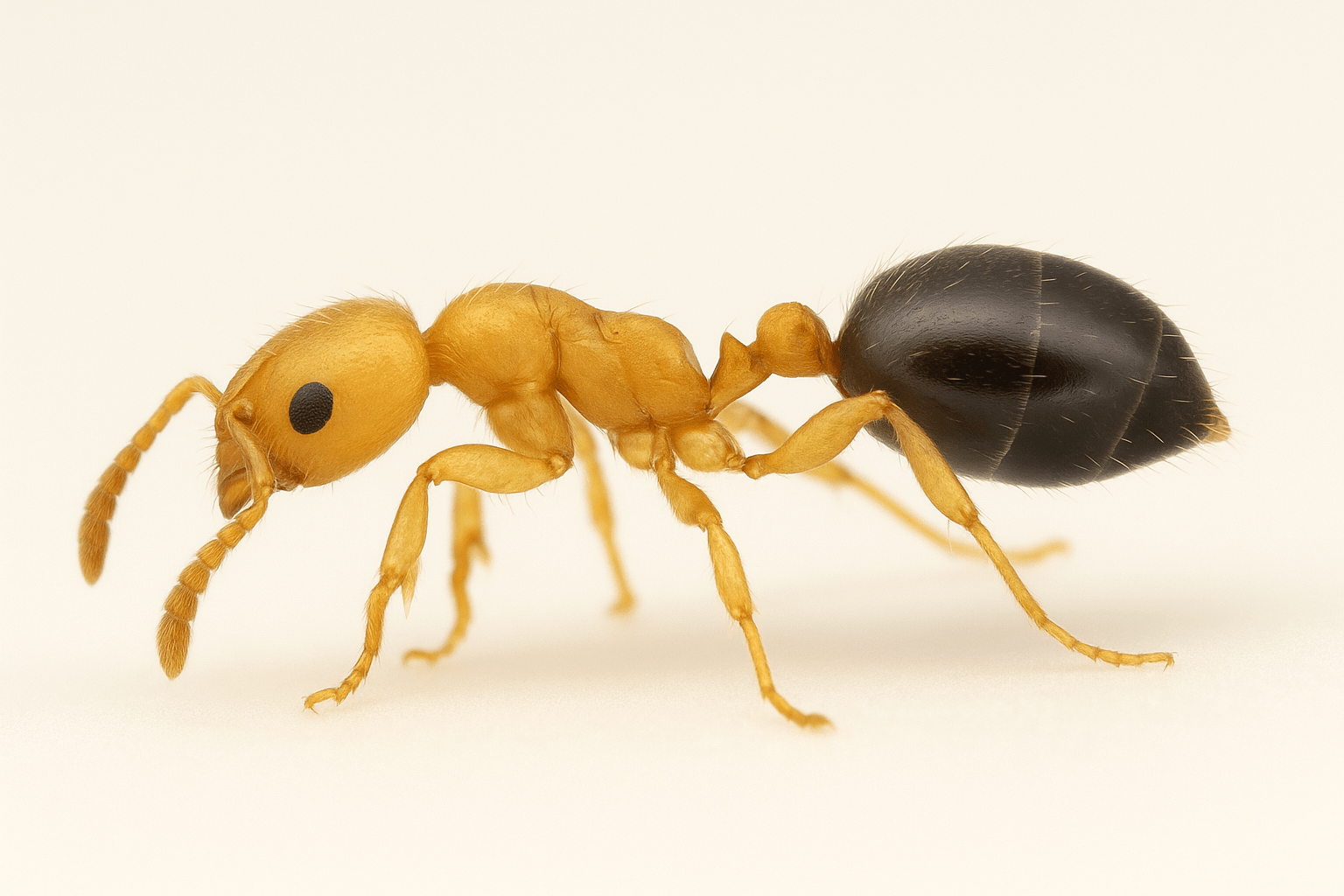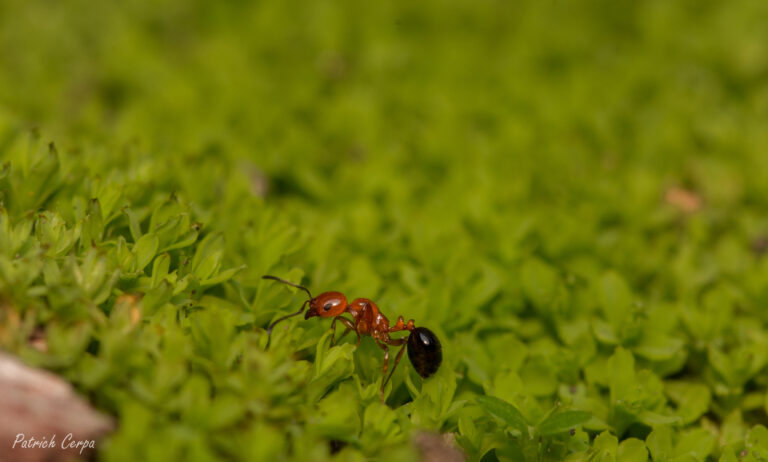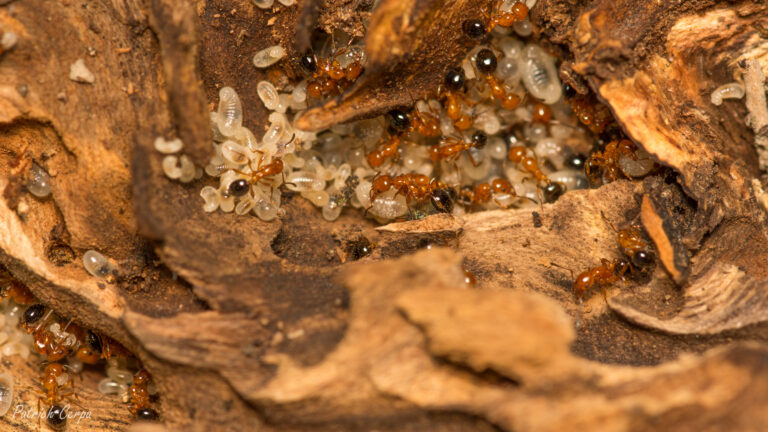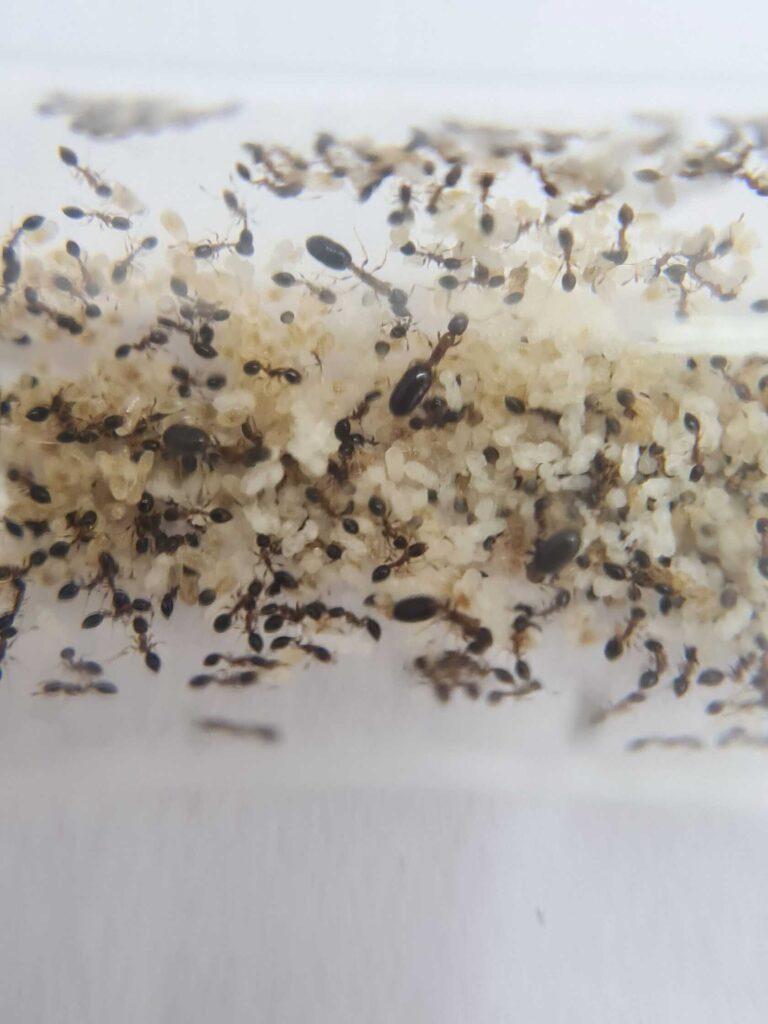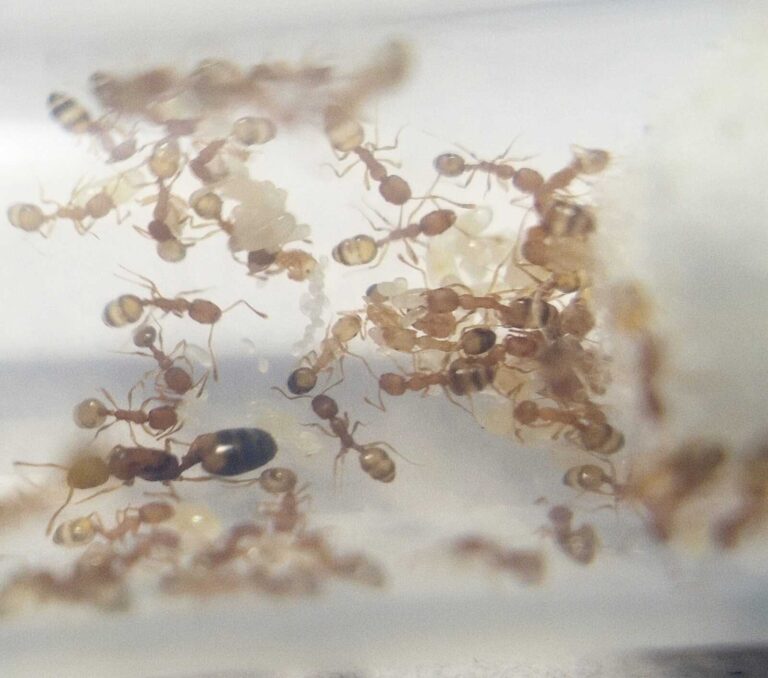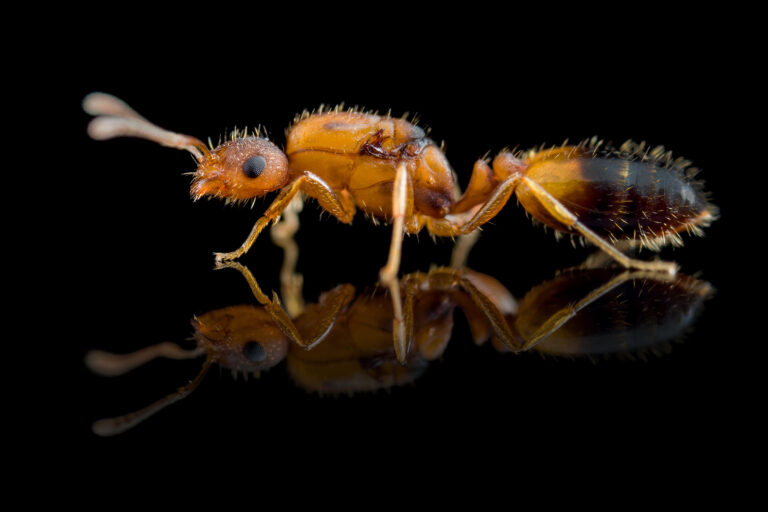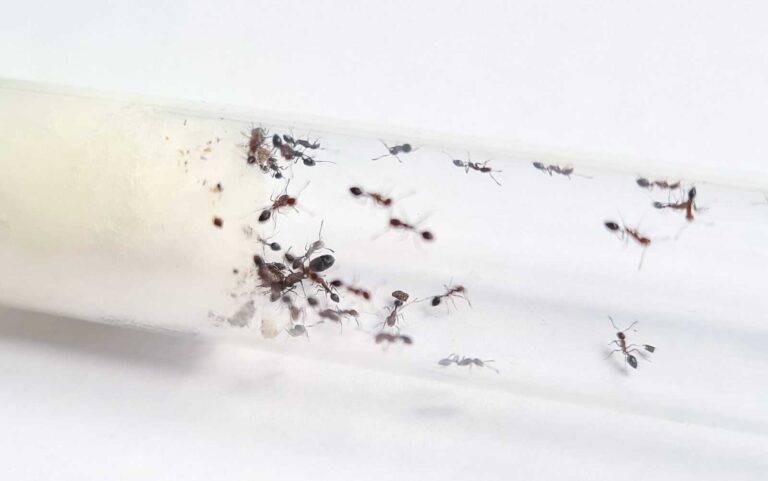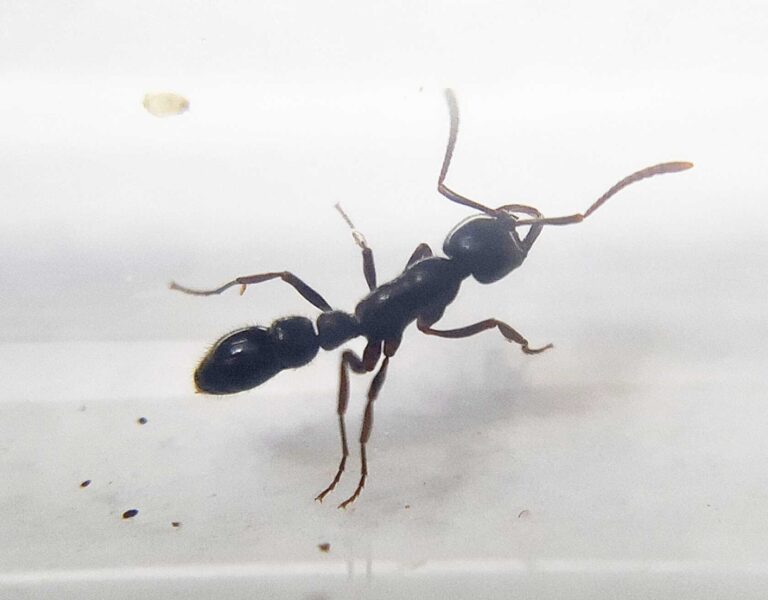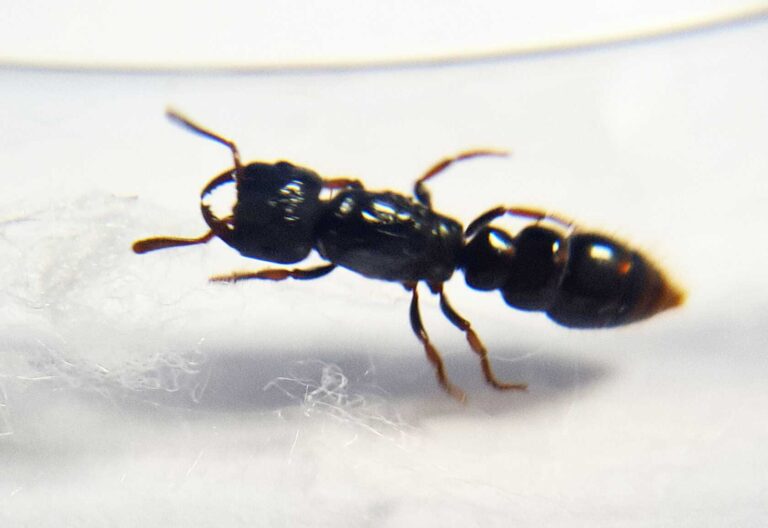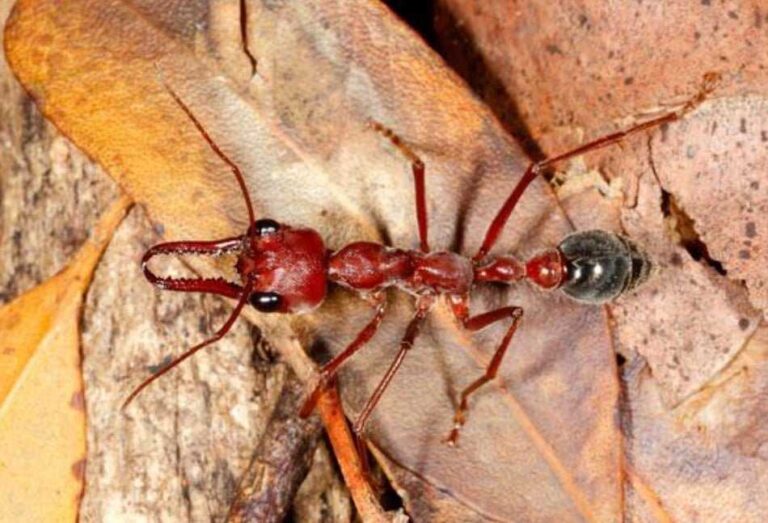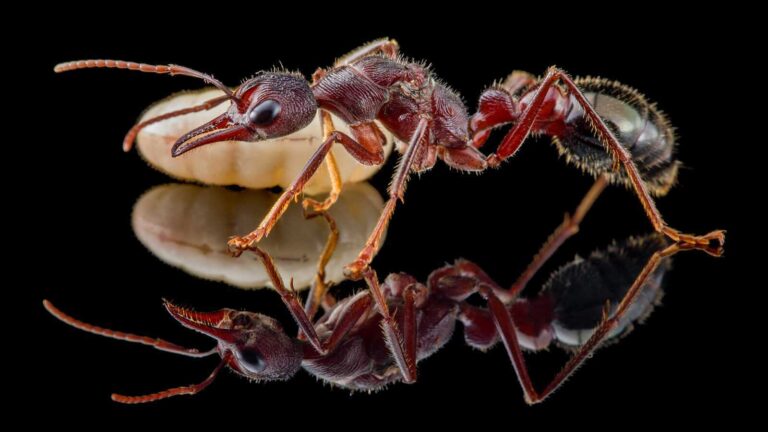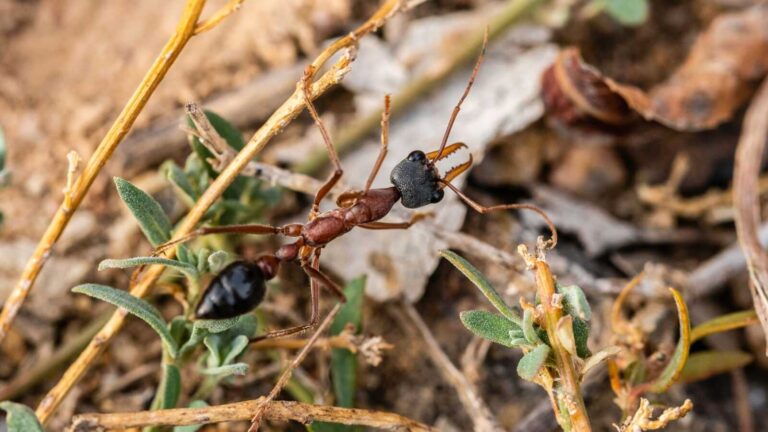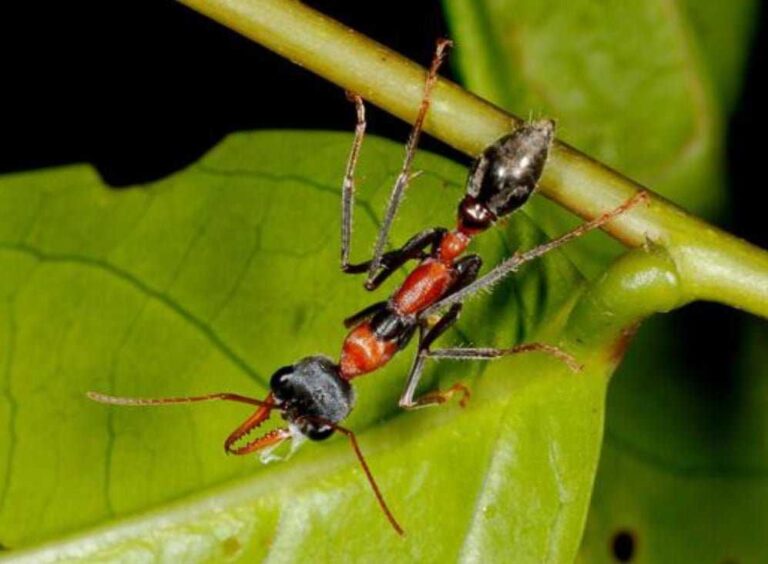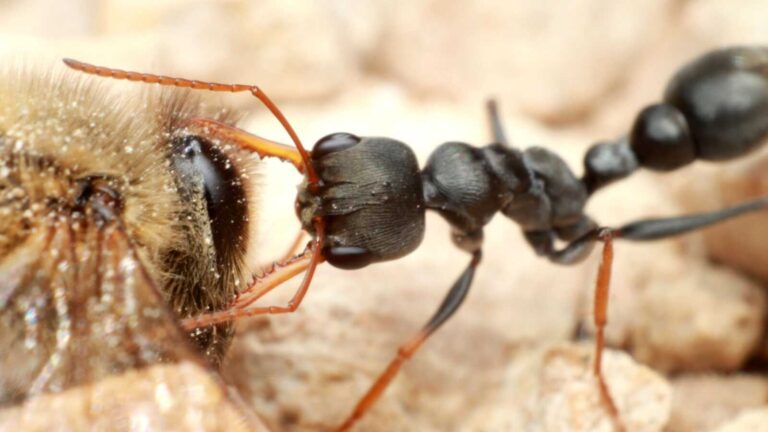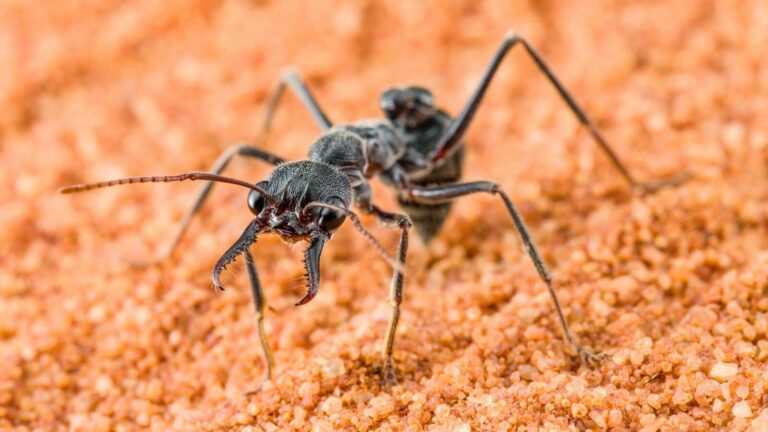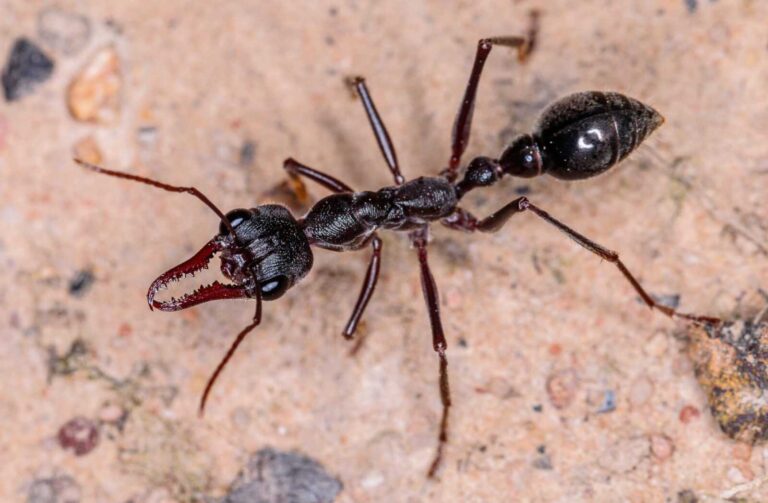Showing 161–180 of 269 results
Product categories
Stock status
Filter by price
Behavior
Defficulty
Number of workers
- Queen 258
- Queen and 1-50 workers 12
- Queen and 1-3 workers 249
- Queen and 4-10 workers 252
- Queen and 11-20 workers 252
- Queen and 21-40 workers 252
- Queen and 41-60 workers 246
- Queen and 61-100 workers 146
- Queen and 51-100 workers 12
- Queen and 101-200 workers 33
- Queen and 201-500 workers 17
- Queen and 501-1000 workers 9
- 2 Queens 26
- 2 Queens and 1-50 workers 6
- 2 Queens and 1-3 workers 24
- 2 Queens and 4-10 workers 24
- 2 Queens and 11-20 workers 24
- 2 Queen and 21-40 workers 22
- 2 Queens and 41-60 workers 23
- 2 Queens and 61-100 workers 13
- 2 Queens and 101-200 workers 14
- 2 Queens and 51-100 workers 6
- 2 Queens and 201-500 workers 8
- 2 Queens and 501-1000 workers 2
- 3 Queens 15
- 3 Queens and 1-50 workers 6
- 3 Queens and 1-3 workers 15
- 3 Queens and 4-10 workers 15
- 3 Queens and 11-20 workers 15
- 3 Queens and 21-40 workers 15
- 3 Queens and 41-60 workers 15
- 3 Queens and 61-100 workers 9
- 3 Queens and 51-100 workers 6
- 3 Queens and 101-200 workers 11
- 3 Queens and 201-500 workers 8
- 3 Queens and 501-1000 workers 1
Origin
Filter by size
MicroMicro 10
SmallSmall 51
MediumMedium 133
LargeLarge 61
HugeHuge 14
Wintering
Messor hebraeus
279,90 zł – 429,90 złPrice range: 279,90 zł through 429,90 złMessor hebraeus is a species of ant with a monogynous colony type and a colony size of up to 5000 workers. The development rate is medium. The queen measures 11-14mm, workers 4-7mm, and majors 9-12mm. The ants have a black abdomen, body, and head stained orange. They consume food insects like cockroaches and crickets, as well as plant seeds. The recommended humidity for their arena is between 30-50%.
Messor instabilis
289,90 zł – 449,90 złPrice range: 289,90 zł through 449,90 złMessor instabilis is a monogynous ant species with colony sizes up to 5000 workers. They have a slow development speed. The queen is 10-13mm in size, workers are 3-7mm, and majors are 7-11mm. They have a dark color with a dark brown-red chest. Their diet consists of food insects like cockroaches and crickets, as well as seeds. They require humidity levels of 30-50% in the arena and 50-70% in the nest.
Messor minor
89,90 zł – 249,90 złPrice range: 89,90 zł through 249,90 złMessor minor is a species of ant that belongs to a monogynous colony type. The colony size is around 10,000 individuals and the development rate is considered medium. The queen measures 10-13mm in size while the workers range from 4-9mm. The ants have a red head and back with a dark body. They primarily feed on insects, syrup, fruit, vegetables, jelly, and cooked chicken without salt.
Messor minor hesperius bicolor
159,90 zł – 299,90 złPrice range: 159,90 zł through 299,90 złMessor minor hesperius bicolor is a medium-sized ant colony of monogyny with a population of around 10,000 individuals. The ants have a red head and back with a dark body. They feed on insect food like cockroaches and crickets, as well as seeds. The ants require a humidity level of 30-50% in the arena and 50-70% in the nest.
Messor wasmanni
34,90 zł – 169,90 złPrice range: 34,90 zł through 169,90 złMessor wasmanni is a monogynous ant species with a colony size of 5,000 workers. Their development rate is medium, with queens measuring 9-11 mm and workers measuring 3-8 mm. They have shiny black to black-brown heads and abdomen, dark red torsos, and mostly black males. They primarily feed on food insects and seeds, and require a humidity level of 30-50% in their arena.
Monomorium bicolor
139,90 zł – 399,90 złPrice range: 139,90 zł through 399,90 złMonomorium bicolor is a polygynous ant species with a medium development rate. The colony size can reach up to 100,000 workers. The queen measures 5-6 mm, while the workers are 1.5-2 mm in size. They have a chest pale brown color with a black head and belly. Their nutrition consists of food insects, fruit, vegetables, and syrup. They require a humidity level of 30-50% in the arena and 50-70% in the nest.
Monomorium cekalovici
499,90 złMonomorium cekalovici is a monogynous ant species with colonies reaching up to 10,000 workers. They exhibit a moderate development speed. The queen measures approximately 8–9 mm in length, while workers are 2.5–3.5 mm. Their head and thorax are yellowish-brown, contrasting with a darker brown gaster. They feed primarily on small insects, sugary liquids, jelly, fruit, and protein-rich foods such as cooked egg or chicken.
Monomorium chilense
109,90 zł – 500,00 złPrice range: 109,90 zł through 500,00 złMonomorium chilense is a small, fast-developing ant species native to South America. Workers measure 2–3 mm, and queens about 5–6 mm. They are light to reddish-brown, highly active, and efficient foragers. Colonies grow quickly with warmth and protein-rich diets. Though non-aggressive, they are excellent escape artists and require secure, compact nests. Ideal for keepers seeking a small, adaptable, and low-maintenance species.
Monomorium floricola
149,90 zł – 389,90 złPrice range: 149,90 zł through 389,90 złThis is a polygynous ant colony with a size of 100,000 workers. The development rate is medium. The queen measures 5-6 mm, while the workers are 1.5-2 mm in size. The ants have a color variation of pale yellow to pale brown on their chest, and a dark brown or black head and belly. They feed on food insects, fruits, vegetables, and syrup.
Monomorium pharaonis
109,90 zł – 399,90 złPrice range: 109,90 zł through 399,90 złThe Monomorium pharaonis is a formidable ant species with a polygynous colony structure, meaning it has multiple queens in a single colony. These colonies can consist of up to 1,000,000 workers, making them highly productive and efficient.
Monomorium subopacum
169,90 zł – 569,90 złPrice range: 169,90 zł through 569,90 złMonomorium subopacum is a polygynous ant species with a colony size of 100,000 workers. They have a fast development speed and the queen measures 5-6 mm while the workers measure 2-3 mm. They are brown in color and their diet consists of food insects, fruit, vegetables, and syrup. They require humidity levels of 30-50% in the arena and 50-70% in the nest, with a temperature range of 24-30°C.
Myopias sonthichaiae
999,90 złMyopias sonthichaiae is a monogynous ant species that can have several hundred workers. They have a medium development rate and their workers are 9-11 mm in size with a black body and orange legs. They feed on food insects, fruits, vegetables, and syrup. They require a humidity level of 30-50% in the arena and 50-70% in the nest.
Myopopone castanea
349,90 zł – 489,90 złPrice range: 349,90 zł through 489,90 złMyopopone castanea is a monogynous ant species with colony sizes of up to several hundred workers. The ants have a medium development rate and the queen measures 15-18 mm while the workers measure 11-14 mm. They have a black body with orange legs. Their diet consists of food insects, fruits, vegetables, and syrup. The recommended humidity levels for their arena and nest are 30-50% and 50-70% respectively.
Myrmecia brevinoda
2599,90 zł – 3399,90 złPrice range: 2599,90 zł through 3399,90 złMyrmecia brevinoda is a species of ant that can form colonies with one or more queens and can have up to several hundred workers. They have a medium development rate and grow to be 24-30 mm for queens and 17-26 mm for workers. They are dark red in color with a black belly and have powerful jaws. They feed on food insects, fruits, and syrup. The required humidity for this species is not specified.
Myrmecia forficata
2359,90 zł – 3299,90 złPrice range: 2359,90 zł through 3299,90 złThe Myrmecia forficata is a species of ant with a monogynous colony type and up to several hundred workers. They have a medium development rate and are characterized by their size, with queen ants measuring 23-27 mm and workers measuring 17-23 mm. They have a dark red color with a black belly and sickle-shaped jaws. They feed on food insects, fruit, and syrup, and require a humidity level of 30-50% in the arena and nest.
Myrmecia nigriceps
1989,90 złMyrmecia nigriceps is a monogynous ant species with colony sizes of up to several hundred workers. They have a medium development rate and the queen measures 19-23 mm in size while the workers measure 16-21 mm. They have a black head and back with an orange body. Their diet includes food insects, fruit, and syrup. They prefer an arena humidity of 30-50% and a nest humidity of 50-70%.
Myrmecia nigrocincta
1899,90 zł – 2779,90 złPrice range: 1899,90 zł through 2779,90 złThe Myrmecia nigrocincta ant is a monogynous species with colonies consisting of several hundred workers. They have a medium development rate and are categorized by their size, with queens measuring 18-22 mm and workers measuring 15-21 mm. These ants have a dark red color with a black belly and distinctive sickle-shaped jaws. Their diet consists of food insects, fruit, and syrup. They thrive in arenas with a humidity level of 30-50%.
Myrmecia pilosula
2289,90 złMyrmecia pilosula is a ant species that has a monogyny colony type and can have several hundred workers. The ants are dark red in color with a black belly and sickle-shaped jaws. They feed on food insects, fruit, and syrup, and require a humidity level of 30-50%. Development rate is medium.
Myrmecia pyriformis
2259,90 złThe Myrmecia pyriformis ant species is monogynous and can have a colony size of several hundred workers. They have a medium development rate and the queen is around 23-26 mm in size, while workers are around 14-23 mm. They have a brown-black color and their nutrition includes food insects, fruit, and syrup. They require humidity levels of 30-50% in the arena and 50-70% in the nest.
Myrmecia similllima
2189,90 złMyrmecia similllima is a species of ant that can have both monogynous and polygynous colonies. The colony size can reach several hundred workers. They have a medium development rate. The queen measures 20-24mm in size, while the workers measure 16-22mm. They have a dark red color with a black belly and strong, sickle-shaped jaws. They consume food insects like cockroaches and crickets, as well as fruit and syrup. The ideal humidity level for this species is unknown.


